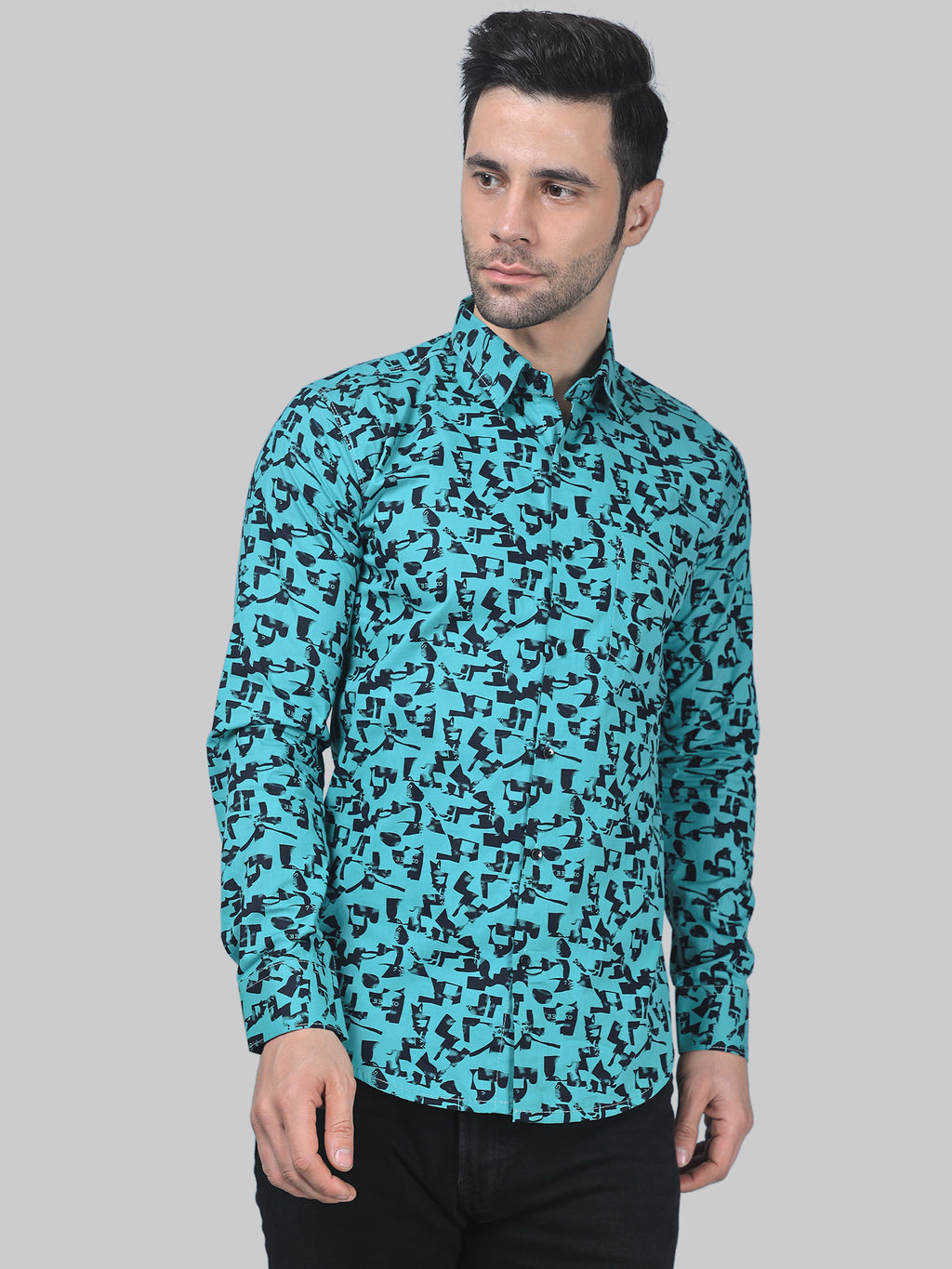What type of yarn is typically used to make flannel fabric?

Flannel fabric, with its softness, warmth, and cozy appeal, has long been cherished for its comfort and versatility. But what exactly goes into creating this beloved textile? At the heart of every flannel fabric lies the yarn—a crucial component that determines the fabric's texture, durability, and overall quality. Let's unravel the mystery behind the yarn typically used to make flannel fabric and explore its role in crafting this timeless textile.
Cotton: The Preferred Choice
The most common yarn used to make flannel fabric is cotton. Known for its softness, breathability, and durability, cotton yarn is ideal for creating the cozy, plush feel that flannel is known for. Cotton fibers are spun into yarn using various techniques, resulting in different textures and qualities that contribute to the overall look and feel of the flannel fabric.
Long-Staple vs. Short-Staple Cotton
When it comes to selecting the right cotton yarn for flannel fabric, the length of the cotton fibers, known as staples, plays a crucial role. Long-staple cotton, such as Egyptian or Pima cotton, is prized for its superior softness, strength, and durability. Yarn spun from long-staple cotton fibers produces flannel fabric with a smoother, more luxurious feel and better resistance to pilling and wear.
In contrast, short-staple cotton, while still soft and comfortable, may produce flannel fabric that is slightly less smooth and durable. However, short-staple cotton yarn is often more affordable and readily available, making it a popular choice for mass-produced flannel fabric.
Brushing and Raising the Fibers
Once the cotton yarn is spun, it undergoes a process known as brushing or raising, which gives flannel fabric its characteristic soft, fuzzy texture. During this process, the surface of the fabric is gently abraded to lift and loosen the fibers, creating a plush nap that traps heat and provides extra insulation. The brushing process can be applied to one or both sides of the fabric, depending on the desired level of softness and warmth.
Blend Options
While cotton is the traditional and most common choice for flannel fabric, blends with other fibers such as wool or synthetic materials are also available. Wool-blend flannel fabric offers enhanced warmth and moisture-wicking properties, making it ideal for colder climates. Meanwhile, synthetic blends may incorporate materials like polyester or rayon to add stretch, durability, or moisture-wicking capabilities to the fabric.
Leave a comment